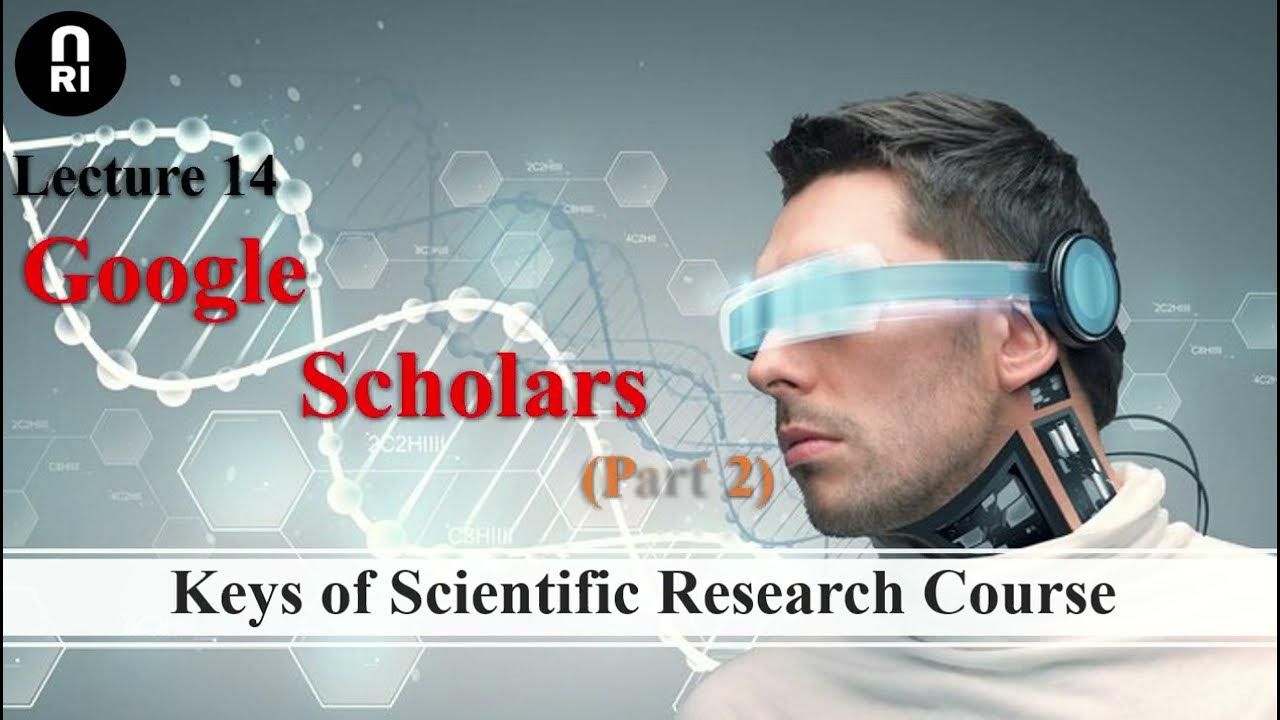25 Computer Papers You Should Read!
Summary
TLDRThis video delves into 25 influential computer science research papers, categorizing them for clarity and discussing their key contributions. It covers pivotal works in distributed systems and databases, such as Google File System and Amazon Dynamo, which have shaped modern big data processing. It also explores data processing innovations like MapReduce and Apache Kafka, and touches on distributed system challenges addressed by Google's SP paper and Uber's Share Manager. The video concludes with impactful concepts like the Transformer architecture and the Bitcoin white paper, highlighting their roles in advancing technology.
Takeaways
- 😀 The Google File System (GFS) paper introduced a scalable distributed file system designed for large-scale data processing, handling failures with inexpensive hardware.
- 🔄 The Amazon Dynamo paper presented a highly available key-value store that prioritizes availability over consistency, influencing the design of many NoSQL databases.
- 📊 Apache Cassandra and Google's Bigtable demonstrated the capabilities of distributed NoSQL databases in managing large-scale structured data with high availability and fault tolerance.
- 🌐 Google's Spanner improved distributed databases by offering global consistency, high availability, and scalability through its TrueTime API and multi-version concurrency control.
- 🗺️ FoundationDB introduced a novel approach to distributed transactions with its multi-model key-value store architecture, providing strong consistency across a distributed system.
- 🚀 Amazon Aurora pushed the boundaries of high-performance databases by separating storage and compute, allowing for scalable and resilient storage with automatic scaling.
- 📈 Google's MapReduce paper revolutionized big data processing by enabling parallel processing of large datasets across clusters, simplifying parallelization, fault tolerance, and data distribution.
- 🌟 Apache Hadoop provided an open-source implementation of MapReduce, becoming a popular framework for efficient large-scale data processing.
- 📚 Apache Kafka, developed by LinkedIn, is now a leading platform for distributed messaging and real-time data streaming, offering high throughput and low latency.
- 🔍 Google's Dapper paper introduced a distributed tracing system for troubleshooting and optimizing complex systems with minimal performance overhead.
Q & A
What was the key innovation introduced by the Google File System paper?
-The Google File System paper introduced a highly scalable distributed file system designed to handle massive data-intensive applications. It is different from traditional file systems because it expects failures to happen and optimizes for large files that are frequently appended to and read sequentially. It uses chunk replication to keep data safe.
How does Amazon Dynamo differ from traditional databases in terms of consistency and availability?
-Amazon Dynamo introduced a highly available key-value store designed to scale across multiple data centers by prioritizing availability over consistency in certain failure scenarios. It uses techniques like object versioning and application-assisted conflict resolution to maintain data reliability.
What is the significance of Google's Bigtable and Apache Cassandra in the realm of distributed NoSQL databases?
-Bigtable, developed by Google, is known for its low latency performance and scalability, making it perfect for large-scale data processing and real-time analytics. Apache Cassandra, initially designed by Facebook, combines features from Amazon's Dynamo and Google's Bigtable, offering a highly scalable multi-master replication system with fast reads and writes.
What does Google Spanner offer that sets it apart from other distributed databases?
-Google Spanner offers a globally consistent, highly available, and scalable system. It introduces the TrueTime API which uses time synchronization to enable consistent snapshots and multi-version concurrency control, supporting powerful features like non-blocking reads and lock-free read-write transactions.
How does FoundationDB's architecture differ from traditional distributed databases?
-FoundationDB introduced a new way to handle distributed transactions with its multi-model key-value store architecture. It is known for its ACID transactions across a distributed system, providing strong consistency and support for various data models. Its layer design supports multiple data models on top of a single distributed core.
What is the main contribution of Google's MapReduce to big data processing?
-Google's MapReduce revolutionized big data processing by enabling the parallel processing of huge data sets across large clusters of commodity hardware. It made it easier to handle parallelization, fault tolerance, and data distribution.
How does Apache Kafka enable real-time data streaming and processing?
-Apache Kafka, developed by LinkedIn, has become the leading platform for distributed messaging and real-time data streaming. It enables the creation of reliable, scalable, and fault-tolerant data pipelines by organizing data into topics with producers publishing data and consumers retrieving it, all managed by brokers that ensure data replication and fault tolerance.
What is the primary function of Google's Dapper, as described in the paper?
-Google's Dapper paper introduces a distributed tracing system that helps troubleshoot and optimize complex systems by providing low overhead application-level transparency. It highlights the use of sampling and minimal instrumentation to maintain performance while offering valuable insights into complex system behavior.
How does Google's Spanner manage to provide global consistency and availability?
-Google's Spanner provides global consistency and availability by using a TrueTime API which relies on time synchronization to enable consistent snapshots and multi-version concurrency control. This supports powerful features like non-blocking reads and lock-free read-write transactions.
What is the significance of the 'Attention is All You Need' paper in the field of natural language processing?
-The 'Attention is All You Need' paper introduced the Transformer architecture in 2017, which has had a huge impact on natural language processing. It showed how effective self-attention mechanisms are, allowing models to weigh the importance of different words in a sentence. This innovation led to powerful language models like GPT, significantly improving tasks such as translation, summarization, and question answering.
Outlines

This section is available to paid users only. Please upgrade to access this part.
Upgrade NowMindmap

This section is available to paid users only. Please upgrade to access this part.
Upgrade NowKeywords

This section is available to paid users only. Please upgrade to access this part.
Upgrade NowHighlights

This section is available to paid users only. Please upgrade to access this part.
Upgrade NowTranscripts

This section is available to paid users only. Please upgrade to access this part.
Upgrade NowBrowse More Related Video

(Lecture (14): Google Scholar (part 2

How to read a scientific paper

Find A Research Gap In ONE Day (Step-by-step Tutorial)

Insider Tips for Getting into a Top-Ranked Computer Science PhD Program

O Computador de Turing e Von Neumann | Por que calculadoras não são computadores?

Master the P.E.E.L. Technique for Perfect Paragraph Structure
5.0 / 5 (0 votes)